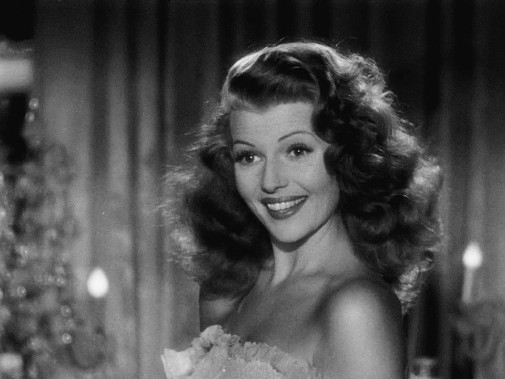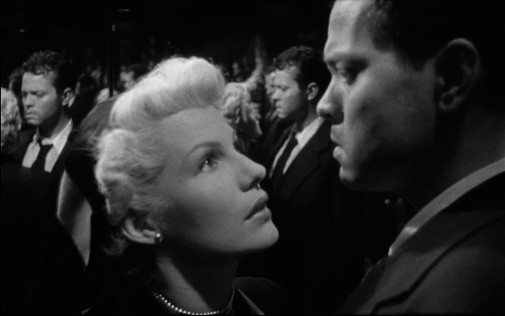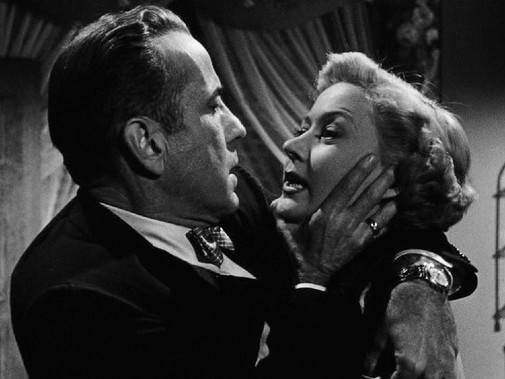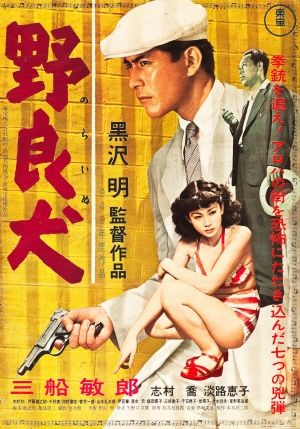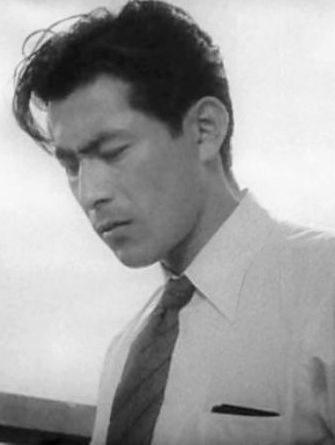A Rita Hayworth lovefest
 Sunday, April 19, 2020 at 4:53PM
Sunday, April 19, 2020 at 4:53PM 
Born Margarita Carmen Cansino, Rita Hayworth was one of Old Hollywood's brightest and most glamourous stars. As it often happens with such legends of the silver screen, her life was an unhappy one, full of tales of abuse and five failed marriages, crippling insecurity, alcoholism and Alzheimers. Perhaps more hauntingly, her biographers agree that Hayworth despised her existence as a movie star and as a pin-up icon, longing to escape the movie business in her heyday. In Hayworth's later years, she would even come to express disdain towards some of her more famous movies like the iconic Gilda. Still, those same pictures, as well as other classics, made her an immortal legend.
To explore the filmography of Rita Hayworth is to confront the cruel incongruences of her biography, how the movies sculpted her into something bigger than life and made her suffer for it too…



